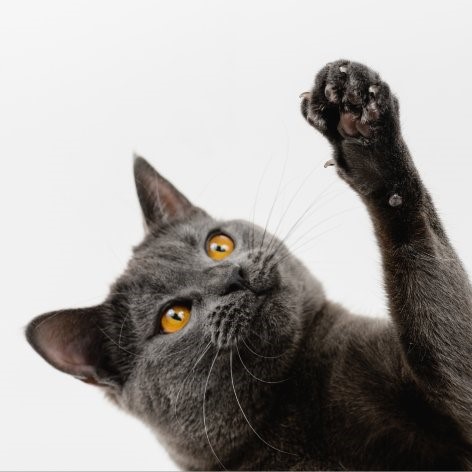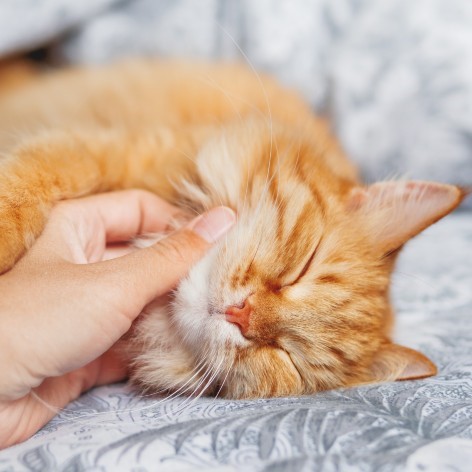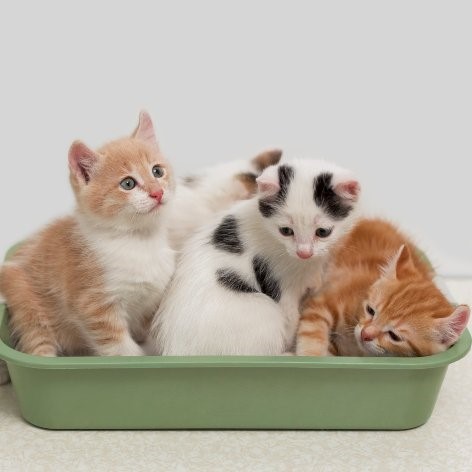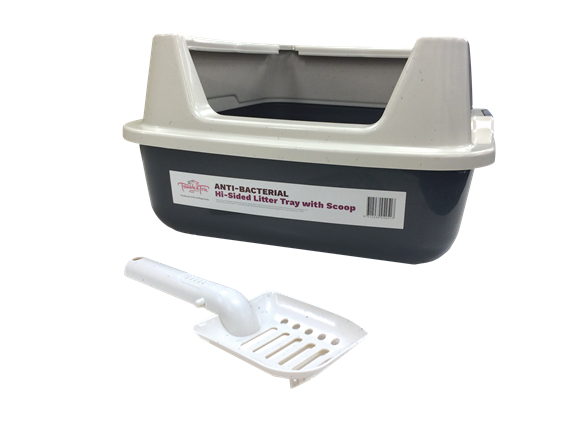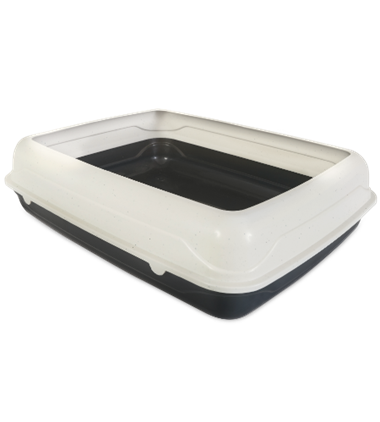What are cat lice?
Lice are small insects that live in the hair of animals and people. Lice are largely areare largely host specific, meaning they have a preference for one type of species. The cat louse, Felicola subrostrata, is a biting louse. While all cats are susceptible, cat lice are most commonly found on older, longhaired cats that can no longer groom themselves.
What do cat lice look like?
Lice are wingless, flattened insects, usually 2–4 mm long. Lice live in their host's hair next to the skin and have claws on their legs adapted to cling to hair. Adult lice are visible to humans, but magnification is generally required to identify the species. Female lice lay pale, oval-shaped eggs, often called 'nits', which they glue to the host's hairs near their skin surface and are usually visible to owners. Nits are tightly attached to the hair, and ordinary shampooing will not dislodge them. It takes three to four weeks for most lice to go from nit to adult.
Symptoms of Cat Lice Infection
Pediculosis is the name given to an infestation with the eggs, larvae or adults of lice. Infestation is characterised by scratching (often called pruritus) and skin irritation. An affected cat will be uncomfortable, appear restless, and generally, scratch, rub, and bite infested areas. Cats with lice infestations look unkept - they may have a rough, patchy, dry coat. Infestations are usually seen on stressed animals, and if lice are found, it may be worthwhile to have your vet check for any underlying diseases.
Effect of Cat Lice on Humans
Cat lice are generally not attracted to humans, so while care when treating lice on your cat is recommended, people rarely get lice from their pets.
How to treat lice on cats
As lice depend on their host to complete their lifecycle, treatment involves removing lice and nits from the cat and cleaning the environment. The good news is that effective treatment results in fast improvement of clinical signs.
If you have seen nits or lice on your cat, ordinary shampooing will not dislodge them. If your cat is longhaired, clipping its coat can make a real difference. It allows for spot-on (topical) treatment products to be distributed evenly and can also help identify any remaining lice. If there are secondary infections present from constant rubbing or scratching, it helps treat these, too.
Spot on treatments are effective in treating cat lice. Owners should also treat any other cats in the household at the same time to prevent the spread of lice.
How to Prevent Lice on Cats
Ensure you're using a monthly treatment for lice on cats. If you discover cat lice, disposing of or washing all bedding in hot soapy water and vacuuming are essential parts of treatment. Make sure you clean all grooming tools and litter boxes along with any carpets and furniture.
Although lice may survive off their host for a short time, all life stages occur on the host. This means that once you treat your cat and clean your house, the chance of reinfestation is slim to none.
* This information is provided as general information only. For specific advice and information regarding your pet, we recommend that you seek the advice of your veterinarian.



